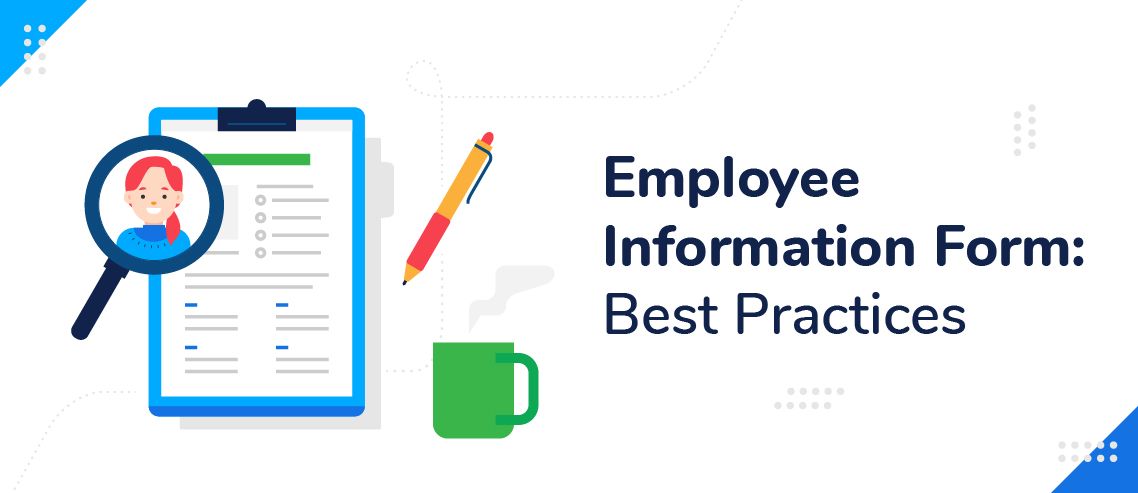How To Manage Different Personalities On Your Team

Your team is made up of a group of unique people with various backgrounds and skill sets. Each member of your team brings something special to the table.
Each team member is very different; some may be joyful, while others somber. Some may be loud, while others quiet. You’ll find quite a number of personalities on your team.
So, today, we talk about how to work with such a varied group. Here’s how to manage different personalities on your team.
One of the best tools for managing different personalities on your team is having everyone take a personality test.
If this seems out of reach for you, we’re going to outline the most common personalities you’ll find in your company and how to manage them.
The Extrovert
Many people think the extrovert is simply overly friendly and outgoing. This may be true, but this isn’t all.
Extroverts are energized by other people. They enjoy working in groups. In fact, when alone, extroverts can become bored and uninspired.
This personality type doesn’t usually think before speaking, yet they’d rather be talking than sitting alone with their thoughts.
They enjoy being social and around people.
Extroverts are the first to volunteer their thoughts and feelings. They enjoy the social workspace and office gatherings.
They’d be very happy in a bullpen sort of work environment. They prefer to brainstorm as a group.
Give this group a platform to express their ideas. Let them move forward with their ideas, and encourage a team atmosphere for them.
Extroverts have a contagious energy in the office, yet you’ll have to manage their interactions with the next group.
Being an extrovert isn’t a one-size-fits-all scenario. You might also find the following personalities in this group: the popular, social extrovert and the take-charge extrovert.
The popular person can set a positive tone in the workplace, but you may need to coach this person and help him stay organized and on task. This is a great person to utilize for customer relations.
The take charge extrovert is your natural leader. This person likes to be in charge and makes decisions easily.
She can motivate the workplace, but be careful she doesn’t overextend herself. This person can also be a trusted manager.

The Introvert
Introverts are often described as shy, but being an introvert and being shy are not the same thing.
Generally, introverts enjoy alone time. This is how they recharge. They also need less stimulation than the extrovert.
Introverts may prefer brainstorming in a group of two as opposed to a group of six.
Introverts are often able to concentrate deeply and immerse themselves in a task until done.
In your office, introverts enjoy less small talk. They are good listeners and usually think before they speak.
While an introvert may be socially adept, they quickly tire of large parties as they have a limited supply of social energy.
Introverts would not enjoy a bullpen type workspace. They prefer a quite workplace to gather their thoughts and get their work done. A room with a door is a bonus.
Your introvert team members like written communication so they can take time to reflect and gather information. Allow them to work on projects by themselves if at all possible.
You can expect introverts to think through problems and come up with a number of solutions.
You might find two kinds of introverts in your workplace – the creative type and the laid back type.
The creative person has great ideas and is intelligent. Solicit this person’s ideas and encourage them to speak up. The creative introvert is often willing to do anything you ask without need for reward.
The laid back person is usually happy and easy going. This introvert fits in well with people and never causes trouble.
You can count on this team member to help mediate conflict. This is a stable employee who can have the same effect on other team members.
Final Thoughts
While we’ve looked at how to manage different personalities on your team, it’s important to remember that your whole staff won’t fit neatly into these boxes.
Some team members may even exhibit both introvert and extrovert traits as well as a combination of other personality traits. It’s your job to figure how to maximize their productivity and their job happiness.
Great managers create the ideal environment for engagement. Yet, not every manager is able to engage and manage their employees, especially when the personalities clash.
So, what separates the good manager from the bad? The good managers understand the personalities.
They know how to engage each personality type and engage each team member.
It can be as simple as keeping clashing personalities apart or having time for team building.
Mostly, it involves knowing what motivates each personality type so they are productive team members.
Now that we’ve looked at how to manage different personalities on your team, it’s time to start working with your staff.
JD enjoys teaching people how to use ZoomShift to save time spent on scheduling. He’s curious, likes learning new things everyday and playing the guitar (although it’s a work in progress).


